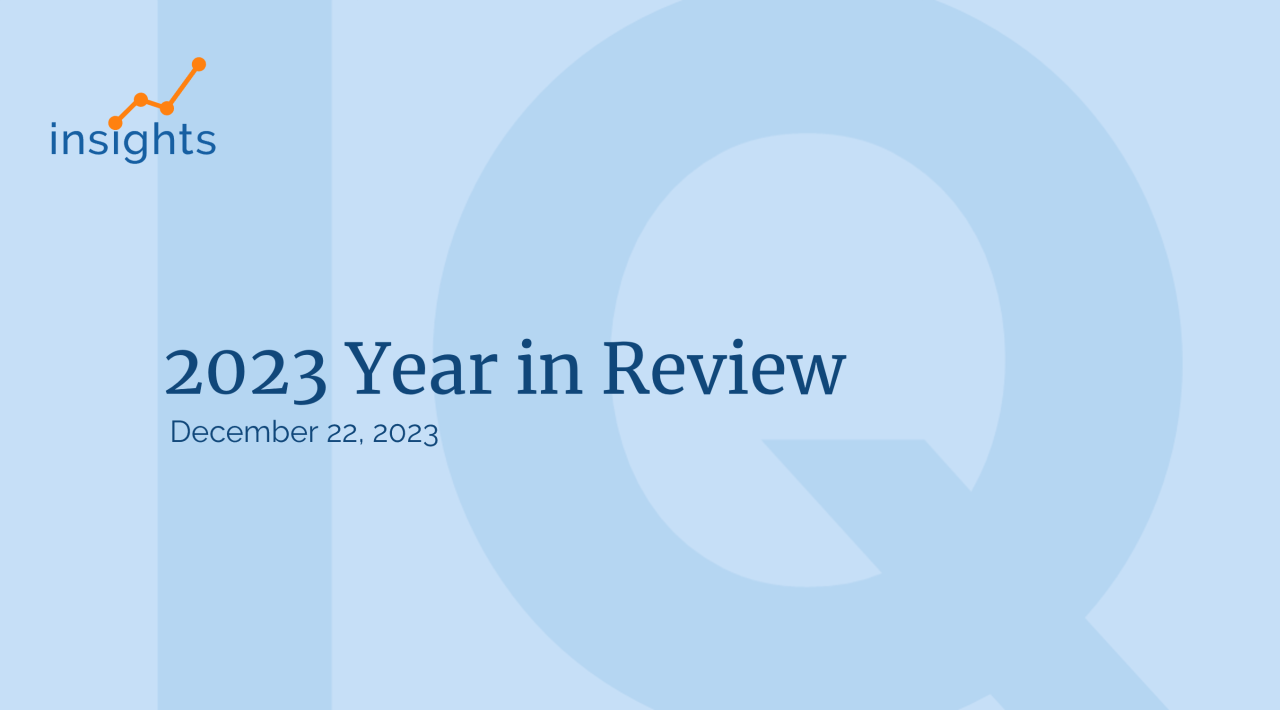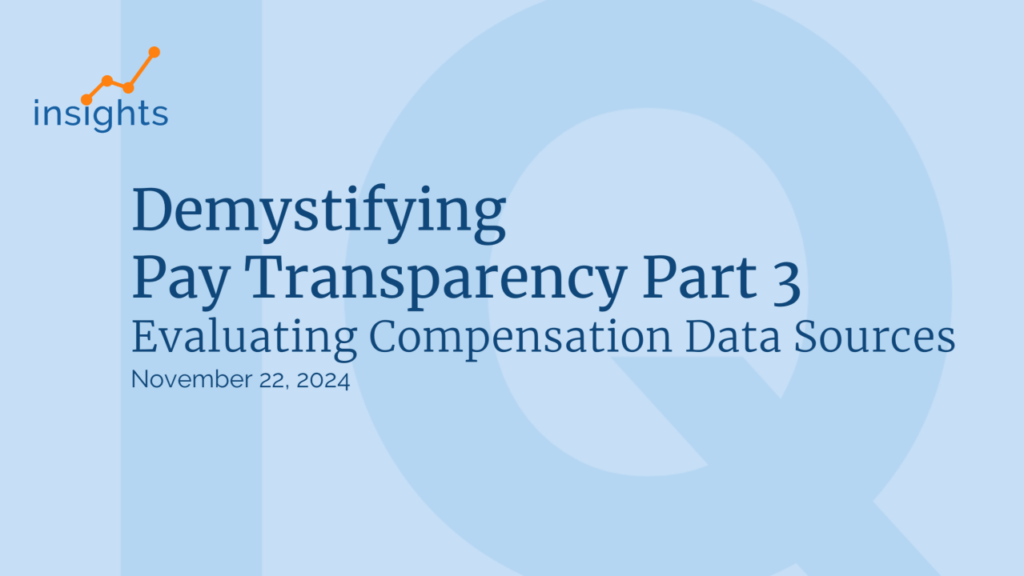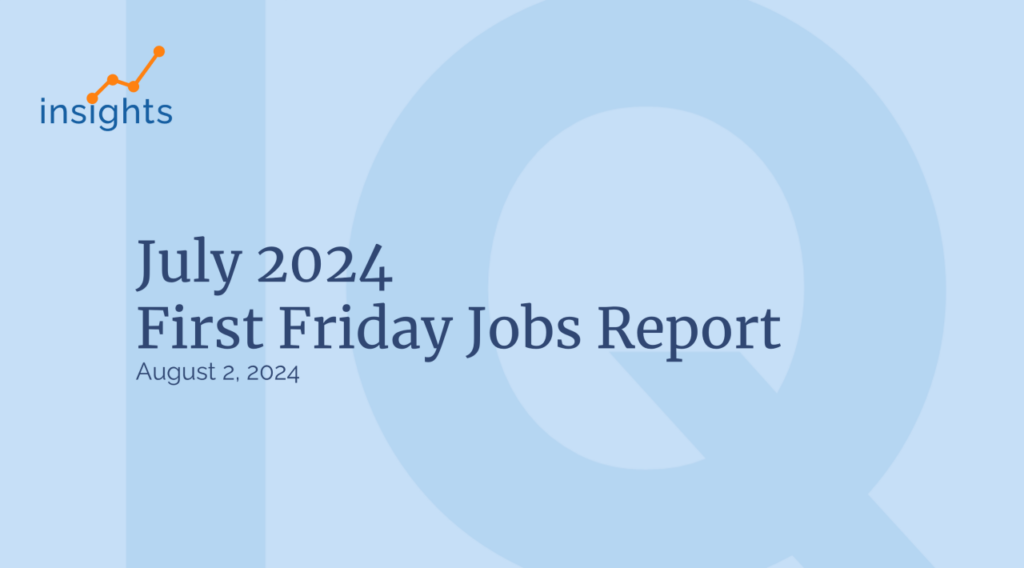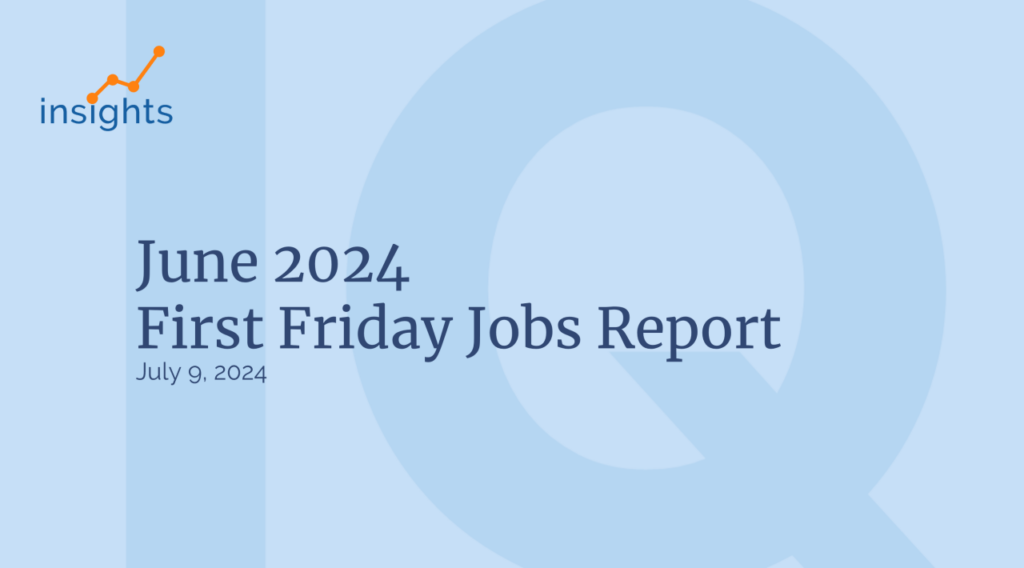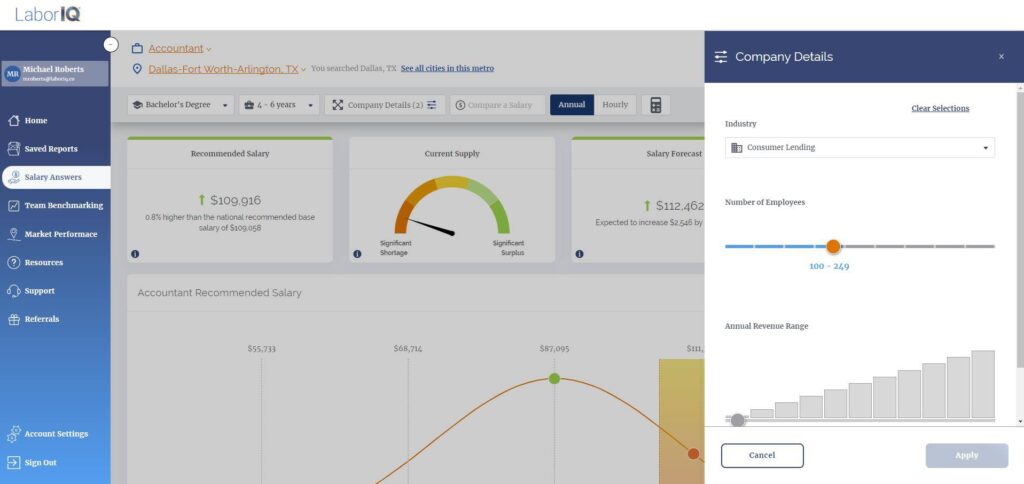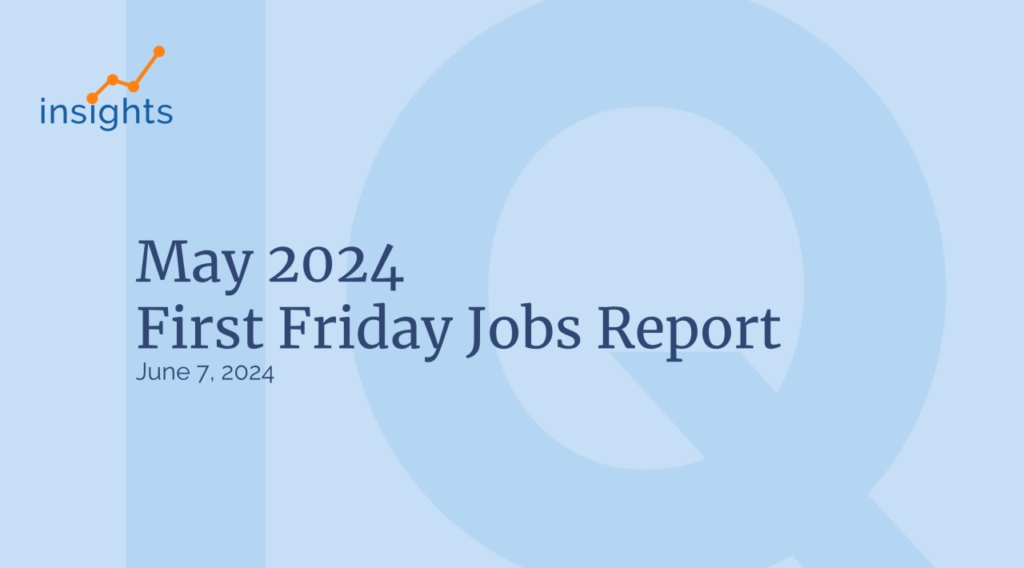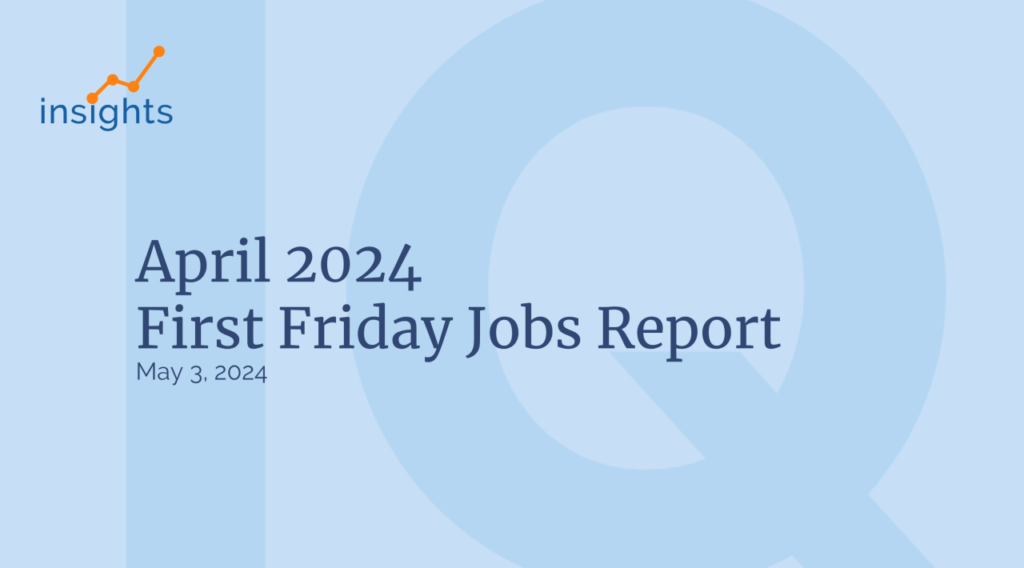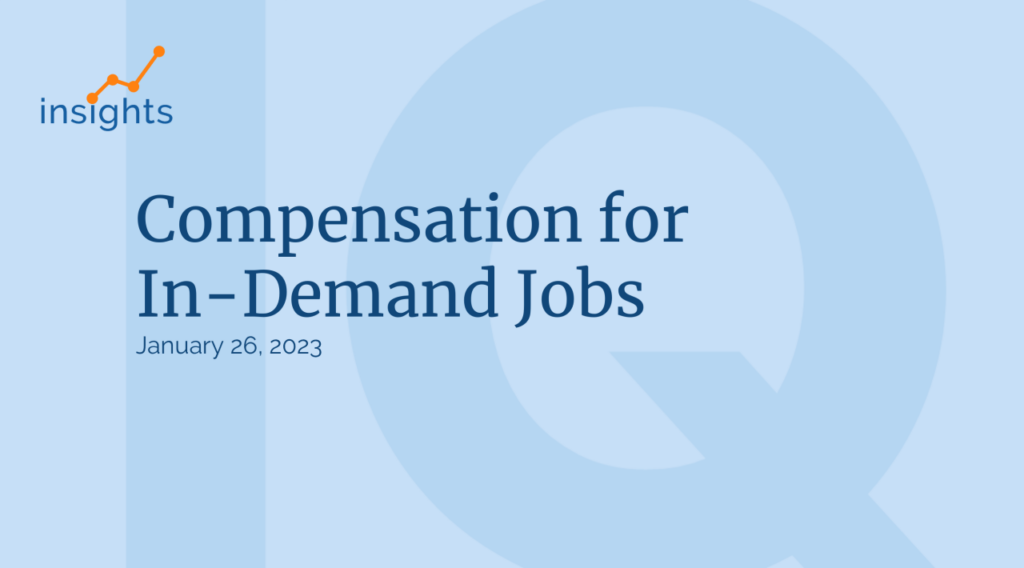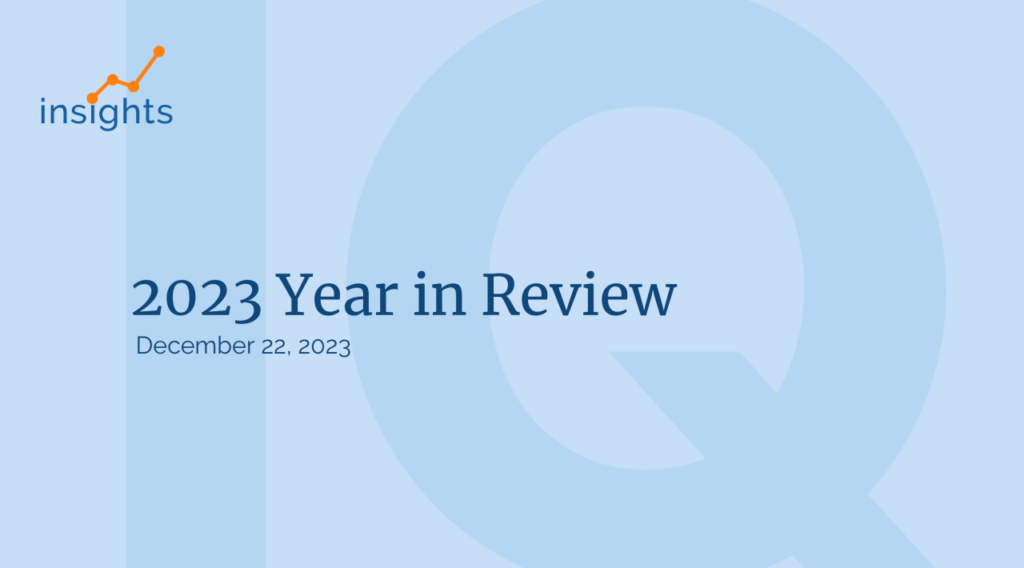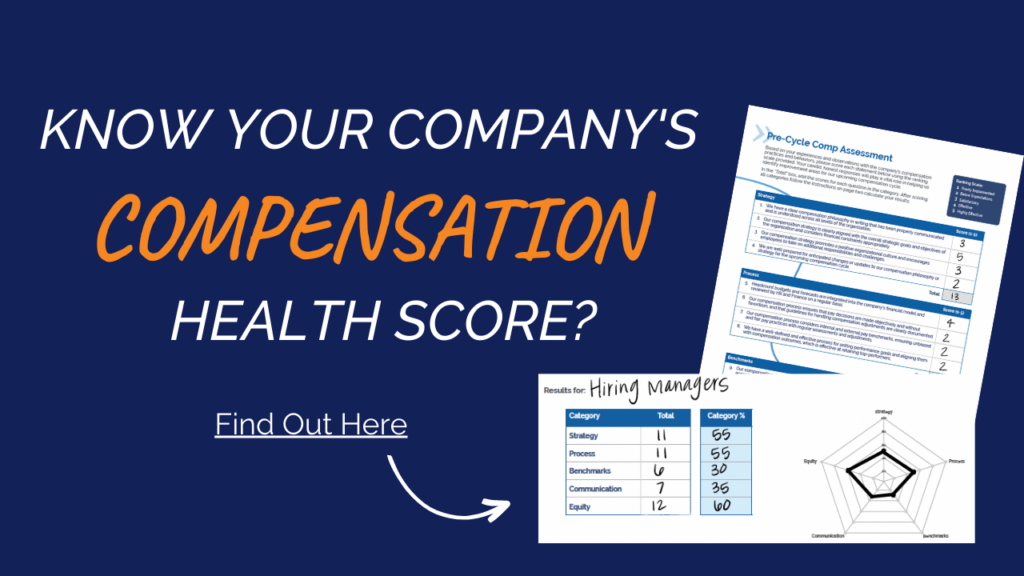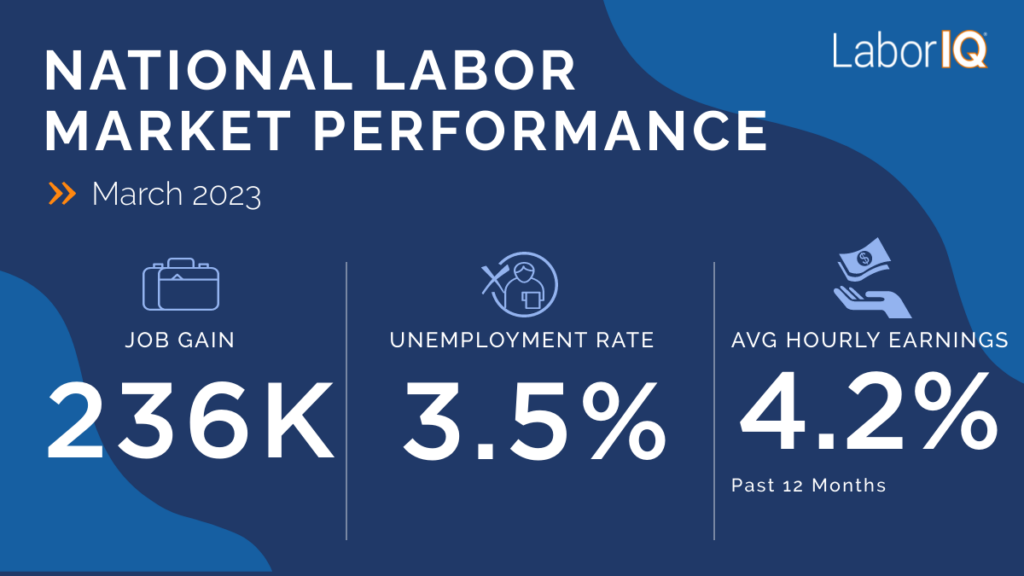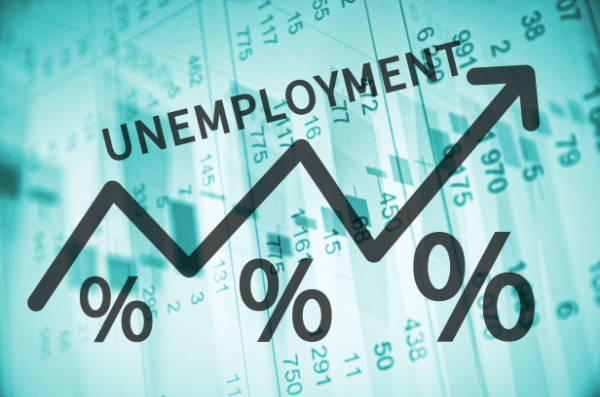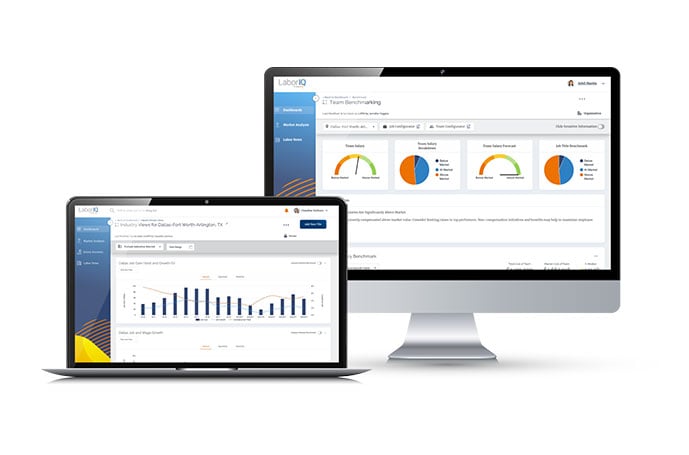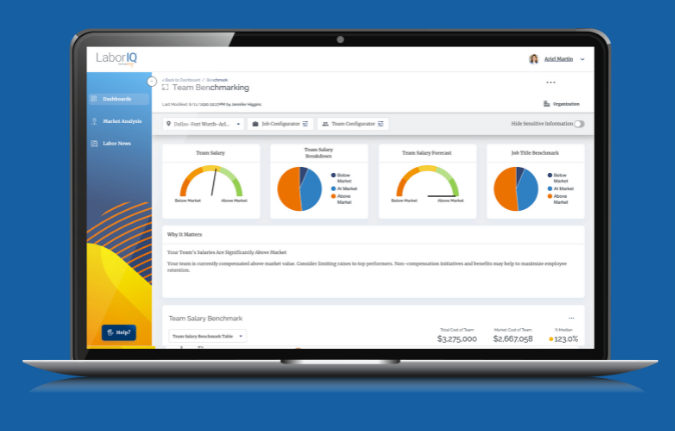This week, in our last newsletter of the year, we are recapping 2023. From an economic perspective, we’ll explore how the labor market turned out to be much stronger than many expected. We dodged a recession, and the economy is on track for a soft landing. Then, we’ll look at how thousands of LaborIQ users stayed on top of compensation trends in an evolving labor market in 2023.
The labor market in 2023: Defying expectations
At the end of 2022, heading into 2023 a Wall Street Journal headline read “Economists Now Expect a Recession, Job Losses by Next Year.” While I was more skeptical that we’d face a recession in 2023, the strength and resilience of the labor market have still been surprising.
Here’s how the forecasts stacked up:
Job gains
The economists surveyed by the Wall Street Journal projected that we’d add around 28,000 jobs per month. We’ve blown that out of the water, adding jobs at nearly 10 times the projected pace. Eleven months into 2023, we’ve averaged around 232,000 jobs per month. That average does mask some challenges under the surface. As we’ve mentioned many times, job growth has been concentrated by industry. Since June, just three industries – healthcare and social assistance, government, and leisure and hospitality – have accounted for 99% of new jobs added.
This year, overall strength in the labor market has masked pockets of weakness. Many workers and businesses are experiencing something very different from the top-level stats and headlines, and often that comes down to industry. Most industries aren’t adding jobs at a rapid pace – they’re treading water. But the good news is that jobs losses so far have been more modest.
Unemployment rate
In the same Wall Street Journal survey, economists predicted that we’d end 2023 with the unemployment rate at 4.7%. In November, the unemployment rate ticked down to 3.7%. Unemployment is up from 3.4% earlier this year but remains low by historical standards. From 2015 through 2019, when the labor market was incredibly hot leading up to the pandemic, the unemployment rate averaged 4.4%. Since the beginning of 2022, the unemployment rate has averaged just 3.6%.
Hiring activity has continued to cool across most sectors, but there has not been a spike in unemployment or layoffs. Businesses are still adding new jobs, albeit not at the pace we saw over the past couple of years. Expect new job gains to continue to slow, while backfilling open positions will be the main focus of hiring for HR teams.
Recession probability
Perhaps the best economic news of the past year is the labor market’s resilience. Heading into 2023, many expected a recession, typically measured by two quarters in a row of negative economic growth. That has not panned out, and 2024 is looking promising as well. At the end of 2022, 44 out of the 58 economists surveyed by the Wall Street Journal forecasted that there was a greater than 50% probability of a recession over the next year; and on average, those economists projected a 63% chance of a recession in 2023. As we move into 2024, the recession probability is 48% and likely declining with every positive jobs report.
Public Relations Manager Happy LaborIQ year!
In 2023, thousands of HR leaders used LaborIQ for benchmarking new hire salaries, merit and budget, planning and backfilling open roles.
Here’s the LaborIQ recap for 2023:
Job titles: Human Resources (HR) Manager, Controller, Occupational Therapist, Project Manager
What do these jobs have in common? They’ve been some of the most in-demand roles over the past several years. The talent shortage has disproportionately impacted management, accounting and healthcare roles. And it is HR who manages the hiring, retention and compensation of a workforce that’s constantly changing.
Average salary benchmark: $86,002
When we look at every job searched in LaborIQ, the average salary benchmark was just over $86,000. Users searched for jobs across a variety of departments and industries, from Academic Advisor to Zoo Director.
Locations: Chicago, IL; Dallas, TX; Houston, TX; New York, NY; Washington, DC
LaborIQ users searched for jobs in all 50 states and 380 metro areas. It’s not surprising that the most popular metros are some of the largest in the country. LaborIQ’s home base of Dallas, TX has been one of the fastest growing in the country. Since 2019, the DFW area’s labor force has grown the most of any metro in the U.S. on both a relative and absolute basis. DFW’s labor force growth of over 1 million is roughly the equivalent of the total populations of metros like Tucson, AZ, Rochester, NY or Tulsa, OK.
Industries: Engineering, Finance, Manufacturing
Engineering, Finance, and Manufacturing are some of the most popular industries in LaborIQ. Despite high-profile tech layoffs, engineering jobs have remained in high demand. Some sectors in the Finance industry have struggled under the pressure of rising interest rates, but that makes it even more important to ensure compensation is competitive when it comes to hiring and retaining your workforce.
Most popular months: March and August
When are users benchmarking salaries in LaborIQ? In March, as HR teams are implementing merit increases and ramping up hiring, users head to LaborIQ to ensure they understand competitive compensation benchmarks. And in August, many businesses are starting to plan for merit increases and promotions, so they come to LaborIQ for salary forecasts for thousands of roles.
LaborIQ provides HR teams and business leaders with market-competitive compensation benchmarks. In an evolving job market, you need to know what salaries to offer to retain employees and fill open positions faster.
Want to hear about how LaborIQ can help your HR team? Learn more

